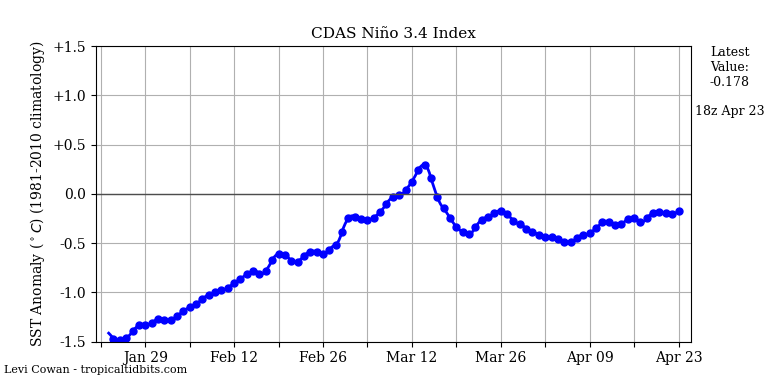Webberweather53
Meteorologist
Lol, what in the world... This isn't likely to transpire but its probably worth making a point here (for those who aren't familiar w/ this concept) regarding potential vorticity, that will be useful later in the hurricane season, particularly when tropical cyclones are undergoing extratropical transition. Lol yeah that's a hybrid/shallow warm-core subtropical cyclone off the Carolina coast on the GFS, lol... You can tell this is at least a hybrid warm core because there's little-no temperature gradient &/or fronts across this disturbance, it's equatorward of the subtropical jet, and potential vorticity actually decreases as this storm intensifies off the Carolinas. Oth, note the higher potential vorticity in association with the trough over the midwest... In fact, potential vorticity is often utilized to distinguish between tropical and extratropical cyclones, extratropical cyclones derive potential vorticity from the stratospheric reservoir and bring it towards the mid-upper levels of the troposphere, while tropical cyclones derive it from the surface and carry it upwards into the low-mid levels of the troposphere, and thus tropical cyclones are usually characterized by lead to negative potential vorticity anomalies (denoted in the deeper blue and white colors below) at least on potential vorticity surfaces that are normally closer to the upper troposphere like the one depicted here. In general the 330K potential vorticity surface is found near 250mb or so (the upper troposphere)..
144 HR GFS forecast...

192 HR GFS forecast. Note again the low off the SE US intensified while potential vorticity actually decreased, indicative that this system is at least partially warm core in the model.

144 HR GFS forecast...

192 HR GFS forecast. Note again the low off the SE US intensified while potential vorticity actually decreased, indicative that this system is at least partially warm core in the model.











